The friendship with Félix Vallotton
Of all the artists with whom Arthur and Hedy Hahnloser cultivated contacts and friendships, Félix Vallotton was closest to them. This mutual bond is also reflected in the sheer number of works in the Hahnloser collection. They owned more works by Vallotton than by any other artist.
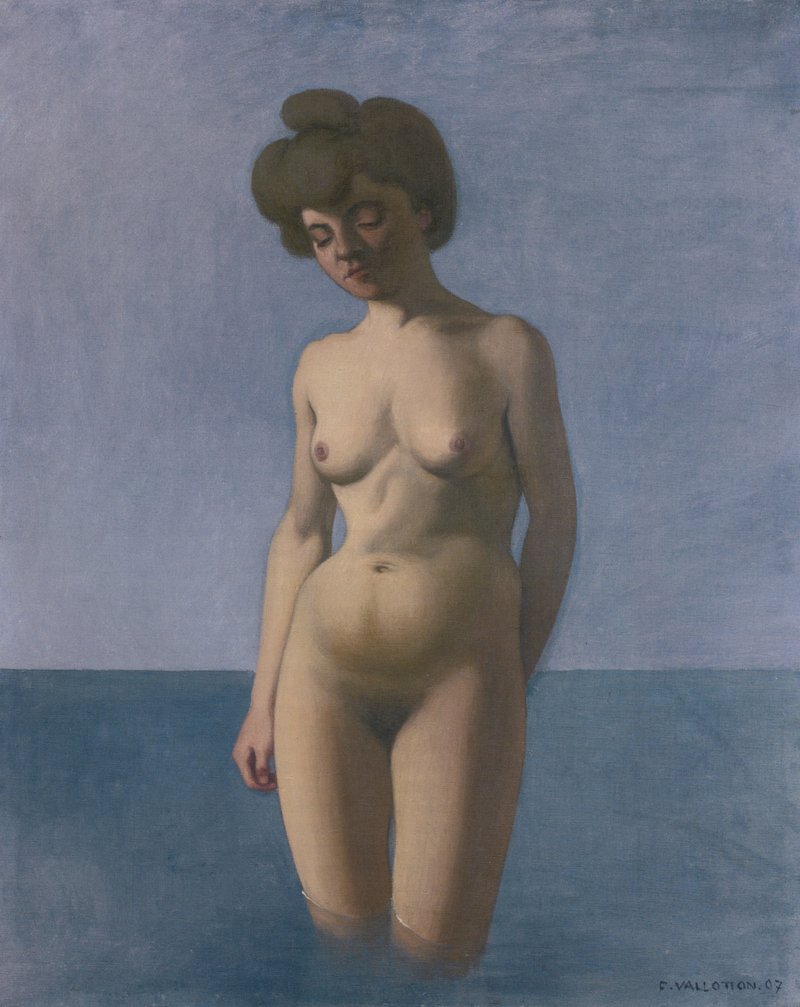
Félix Vallotton, Baigneuse, 1907
Courtesy Hahnloser/Jaeggli Stiftung
They met in Paris in 1908, introduced by the painter and friend Carl Montag. Arthur and Hedy's first visit to Vallotton's studio led to the purchase of Baigneuse en façe from 1907, a simple nude in the artist's typically reduced, sculptural pictorial language. "This small painting", Hedy Hahnloser wrote later, "served as an introduction to this at first glance rather rude art". The introduction must have been very successful, because a short time later Hedy Hahnloser wanted to have her portrait painted by the artist, which took place in the same year, and in the following January 1909 also saw Arthur Hahnloser sitting for the painter. It is testament to the close relationship between the collectors and the artist that they also had their children portrayed by him a few years later.
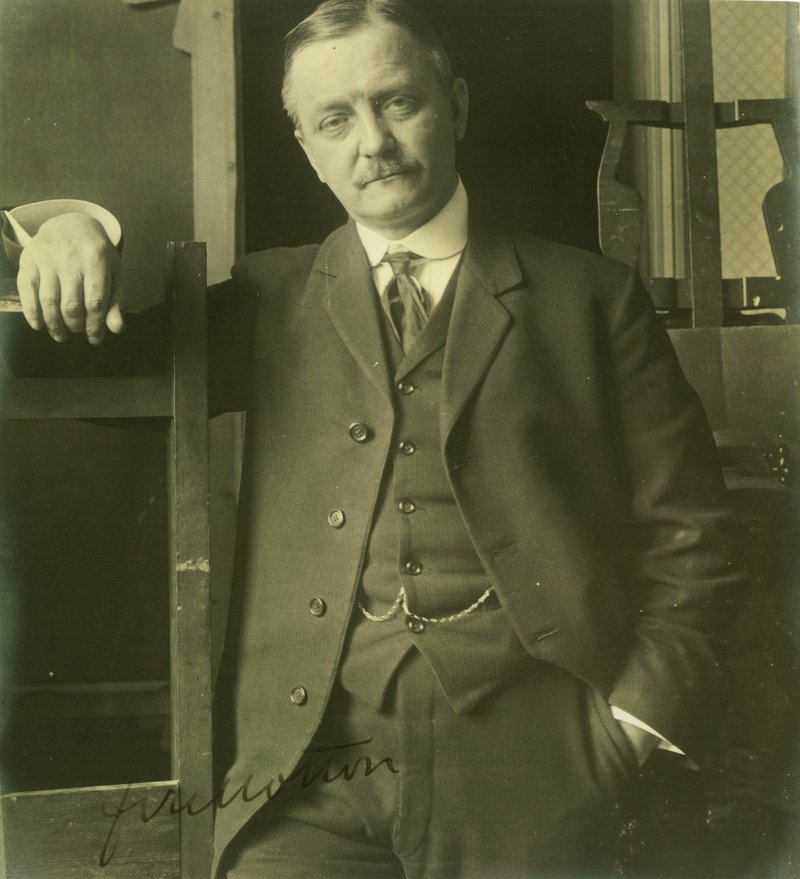
Félix Vallotton
The friendship between the Hahnlosers and Félix Vallotton is reflected in their frequent reciprocal visits to Paris and Winterthur. The Hahnlosers travelled to Paris several times a year until the First World War, and Vallotton was soon a frequent and welcome guest in Winterthur. He also took part in the traditional Tuesday coffee gatherings during which the Hahnlosers' friends discussed art. Often described as reserved and taciturn, Vallotton seems to have blossomed in Winterthur. "One hardly recognised this grumpy, gloomy and sorrowful man as soon as he had shed his inhibitions and regained his normal state of mind", Hedy wrote about Vallotton's visits to the Villa Flora. "With what generosity he returned the simple gesture of friendship! This great recluse became the most brilliant entertainer, while devoting himself unreservedly to those he loved."
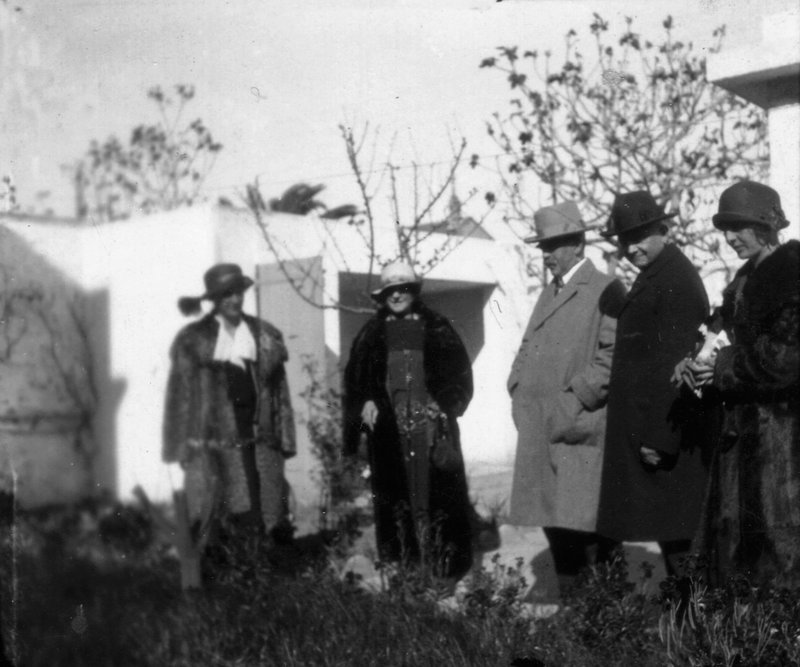
Hedy, Arthur and Lisa Hahnloser together with Félix and Gabriele Vallotton.
Hedy and Félix were also in constant contact in the time between their personal encounters. A prolific correspondence unfolded between them that spans several hundred pages. They wrote – of course – about art and its acquisition, about painting and the market. But they also shared many personal details that went far beyond mere business correspondence. Margrit Hahnloser-Ingold, an expert on the letters, wrote of Vallotton's letters: "They convey a very human picture of this complex artistic nature. In their structure and intimacy, the letters are harbingers of the artist's later diary, which he kept at intervals until his death."
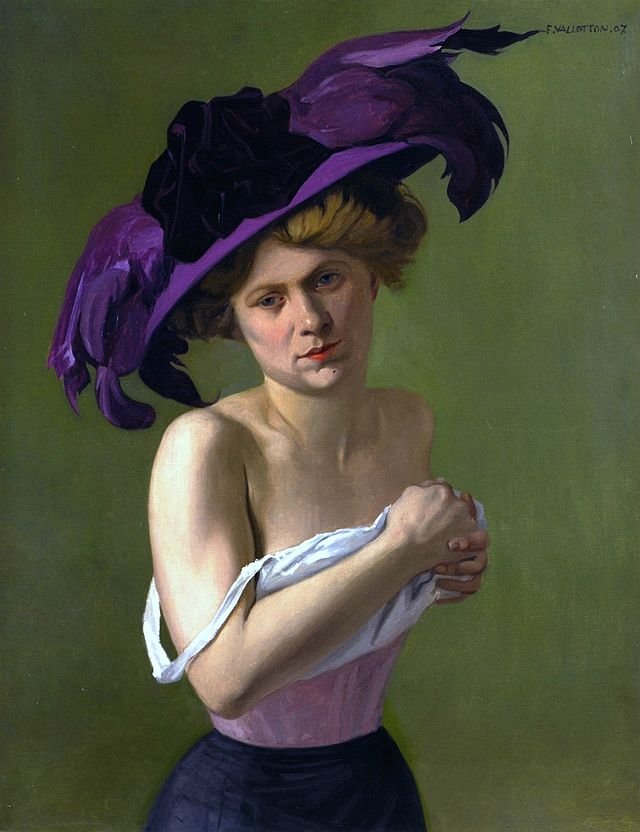
Félix Vallotton, Le chapeau violet, 1907
Courtesy Hahnloser/Jaeggli Stiftung
Foto: Reto Pedrini, Zürich
Over time, Hedy and Arthur Hahnloser became veritable agents for Vallotton and his paintings. They arranged for painting and portrait commissions within their circle of friends. Throughout their lives, they advocated his art passionately, which often met with resistance, for example at the two major exhibitions at the Künstlerhaus Zürich in 1909 and four years later at the same institution, now known as the Kunsthaus Zürich.
Vallotton, in turn, became an important advisor for the two collectors in matters of art. He drew their attention to artists and paintings that might appeal to the collector couple, such as Pierre Bonnard. He often bought paintings and prints on their behalf in Paris. He also advised them on prices and pointed out: "What counts is less the price than the work; a mediocre painting is always too expensive, a good painting can be worth its price, and a very good thing is never too expensive."
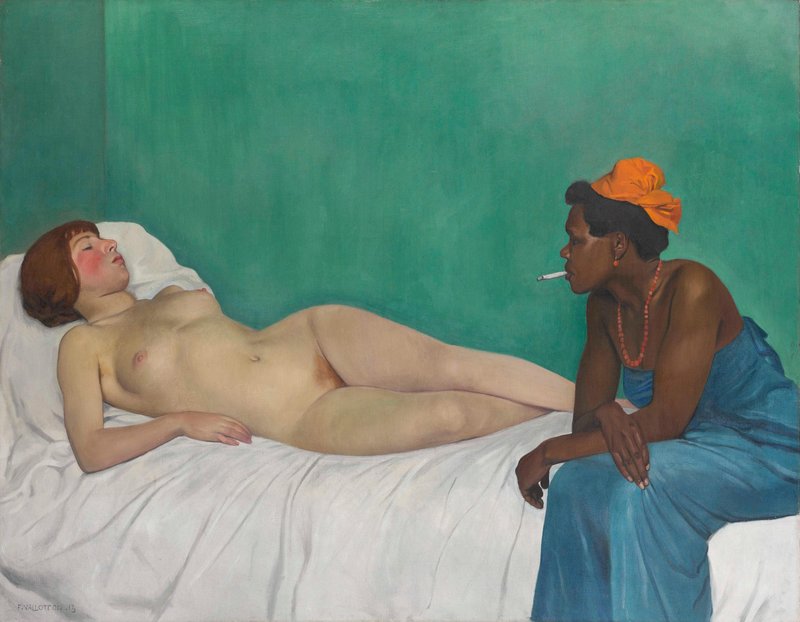
Félix Vallotton, La Blanche et la Noire, 1913
Kunst Museum Winterthur, Hahnloser/Jaeggli Stiftung
Foto: Reto Pedrini, Zürich
With her book about her friend Félix Vallotton, Hedy Hahnloser left him a veritable legacy. She devoted over ten years to writing the work, which was published in 1936. One of her main motivations, apart from her friendship, was that the artist still received too little recognition in her eyes, a decade after his death. With the volume, she wrote a fundamental appreciation of Vallotton's art, but also of him as a person. In doing so, she did much to keep the memory of this multifaceted artist alive. Thanks to her keen understanding of art and her close personal acquaintance, the work goes far beyond a portrait of the artist – it is a true declaration of love.


